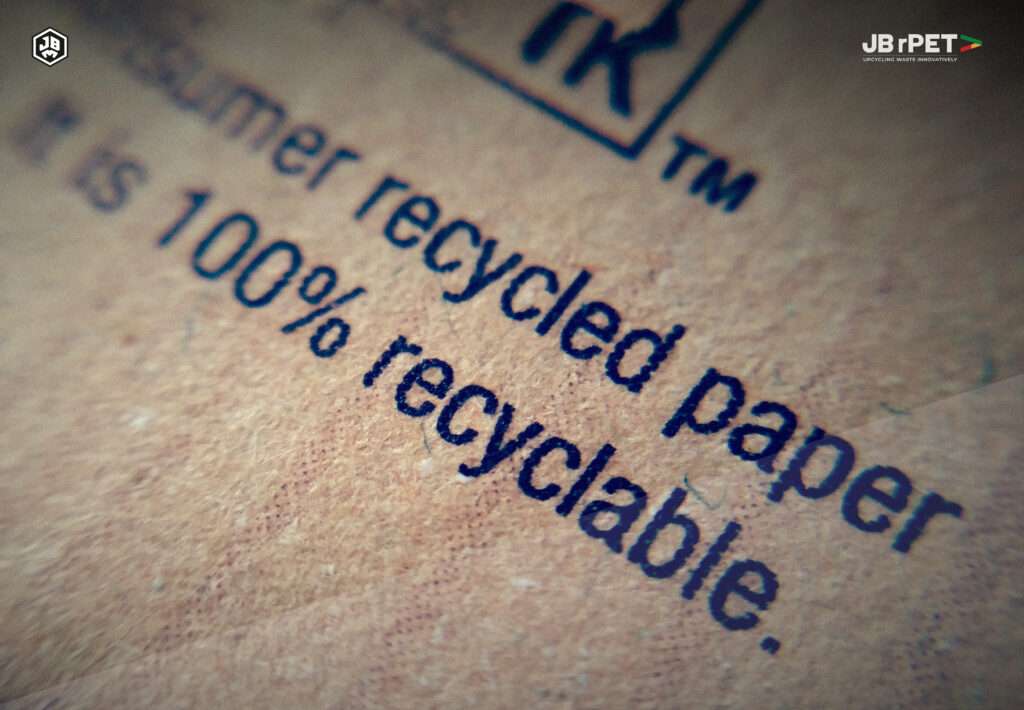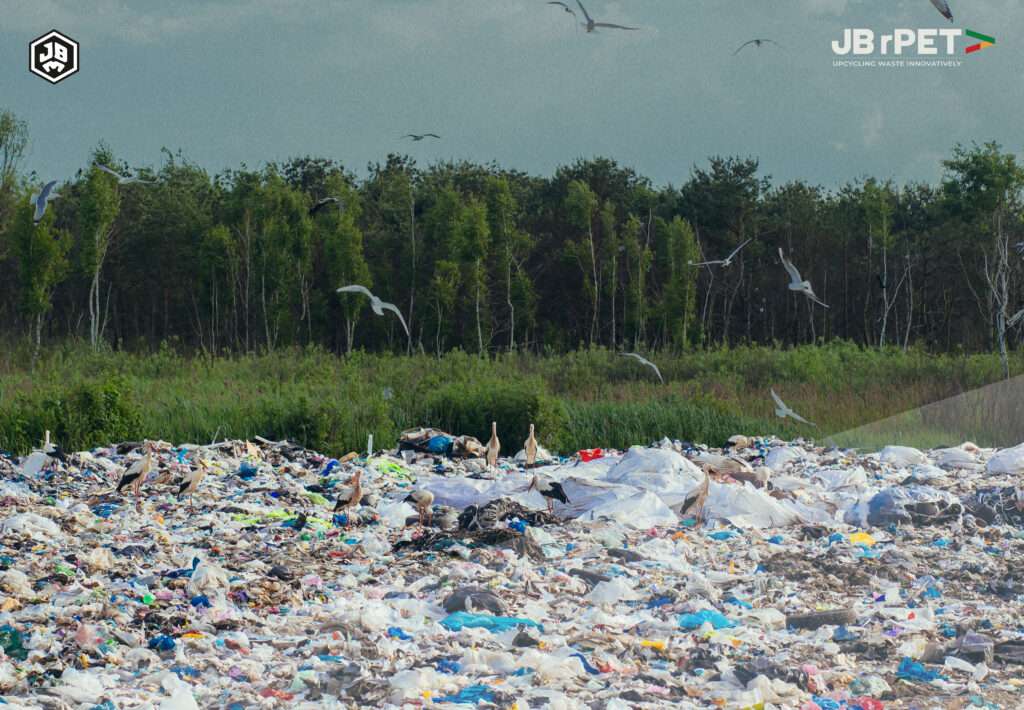Home / Why Transparency in Fashion Brand Production Processes Matters to Consumers
Why Transparency in Fashion Brand Production Processes Matters to Consumers
Introduction
Our right to information should not just be restricted to government policies and measures but should also extend to a simpler question: “What are my clothes made of?” In this new era of conscious consumers, more brands are being held accountable for their actions from the start to the end product in the supply chain.
‘Transparency’ has started to ring a bell in fashion and sustainability terms, with accountability becoming the most sought-after element. Conscious consumers and their chosen path to sustainability have also put an obligation on the industry to change its ways, forming a clear connection between transparency and sustainability.
Tracing supply chains and actively communicating the facts of the matter also helps brands prove their sustainability claims. Their actions to uphold their promises show that they have nothing to hide and, therefore, nothing to lose.
Traceability mostly refers to the ability to trace and track the process and journey of a product from the start to the end of the supply chain, from the raw materials to the finished cloth. On the other hand, transparency involves providing clear and accessible information to the consumer about the fashion item’s origins, production processes, and ethical practices.
Both are integral foundations to the issue of upholding accountability.

Which industry does the general public consider responsible for major environmental concerns?
Most wouldn’t even consider the fashion industry as part of it.
However, the UN Alliance for Sustainable Fashion (2021) states that the fact that the fashion industry is a $2.4 trillion global industry with 300 million employees is one of the reasons for such a concessionary approach to the matter. But, it is also accountable for 2-8% of global greenhouse gas emissions, 20% of wastewater worldwide, $100 billion in lost revenue from improper use and recycling, and 9% of yearly microplastic losses into the ocean.
Companies may look environmentally responsible, but behind those claims lies a bigger truth, which continues to pollute the world while we focus on their promises. And this is a concerning factor that approaches GREENWASHING.
“Greenwashing is the practice of misleading marketing strategies, labels, or advertising to create a false impression about the sustainability of products that support the environment in the minds of consumers.“
Brands that appear to be sustainable but, in reality, have just jumped onto the bandwagon for acceptability. Their mere approach to a greener climate involves highlighting minor initiatives taken by them and distracting consumers from the bitter truth.
They selectively promote their small steps that support their claims of sustainability, using exaggerated marketing language and terms like “environment-friendly,” “reuse,” or “sustainable” only for face value.
Their efforts to increase the credibility of the brand in the eyes of the consumer must be supervised by a third party to authenticate the process and hold them accountable.
Speaking of sustainability, the grave reality of pollution and the climate crisis has been fueled by these big brands’ reliance on synthetic fibres.

The problem with synthetics
These fibres represent around 69 per cent of all materials used in textiles. This estimated figure is expected to rise to nearly three-quarters by 2020, of which 85% will be majorly polyester, a material produced from fossil fuels. According to the Plastic Soup Foundation, the production of synthetic fibres currently accounts for 1.35 per cent of global oil consumption, which exceeds the annual oil consumption of Spain and amounts to 1.29 billion barrels of oil a year.
Cheaper synthetic fibres are not just harmful because of their low-quality clothing that ends up in landfills, but also because they perpetuate the fashion industry’s dependence on fossil-fuel extraction during a climate emergency.

The path to recycling
There is an emerging trend to make clothes and merchandise from recycled plastic bottles and ocean-bound plastic waste. This approach has a dual benefit: it lessens the dependency on virgin plastic and gives new life to existing plastic pollution.
Considering only 9% of all plastic ever produced has been recycled, this innovation could be a game-changer.
Traditionally, synthetic fabrics like polyester come from new plastic. Now, brands are using recycled PET (from plastic bottles) to create clothing. This keeps plastic out of landfills and oceans while reducing the need for new plastic production.
In conclusion
A greener approach can’t just be a side hustle for the fashion industry. The very idea of sustainability and going green needs to be deeply entrenched in the inception of all processes to break the shackles of greenwashing.
Achieving this goal of significantly reducing environmental impact will require a change in outlook and new solutions across the value chain.
Recycling materials is definitely a positive step, but not the last one. Sustainability also means that brands should consider the entire life cycle of their clothing. This means manufacturing clothes using high-quality materials, with longevity taking centre stage. It also means planning for the end-of-life of these garments. Can they be easily repaired or recycled? The goal is to keep clothing out of landfills altogether.










